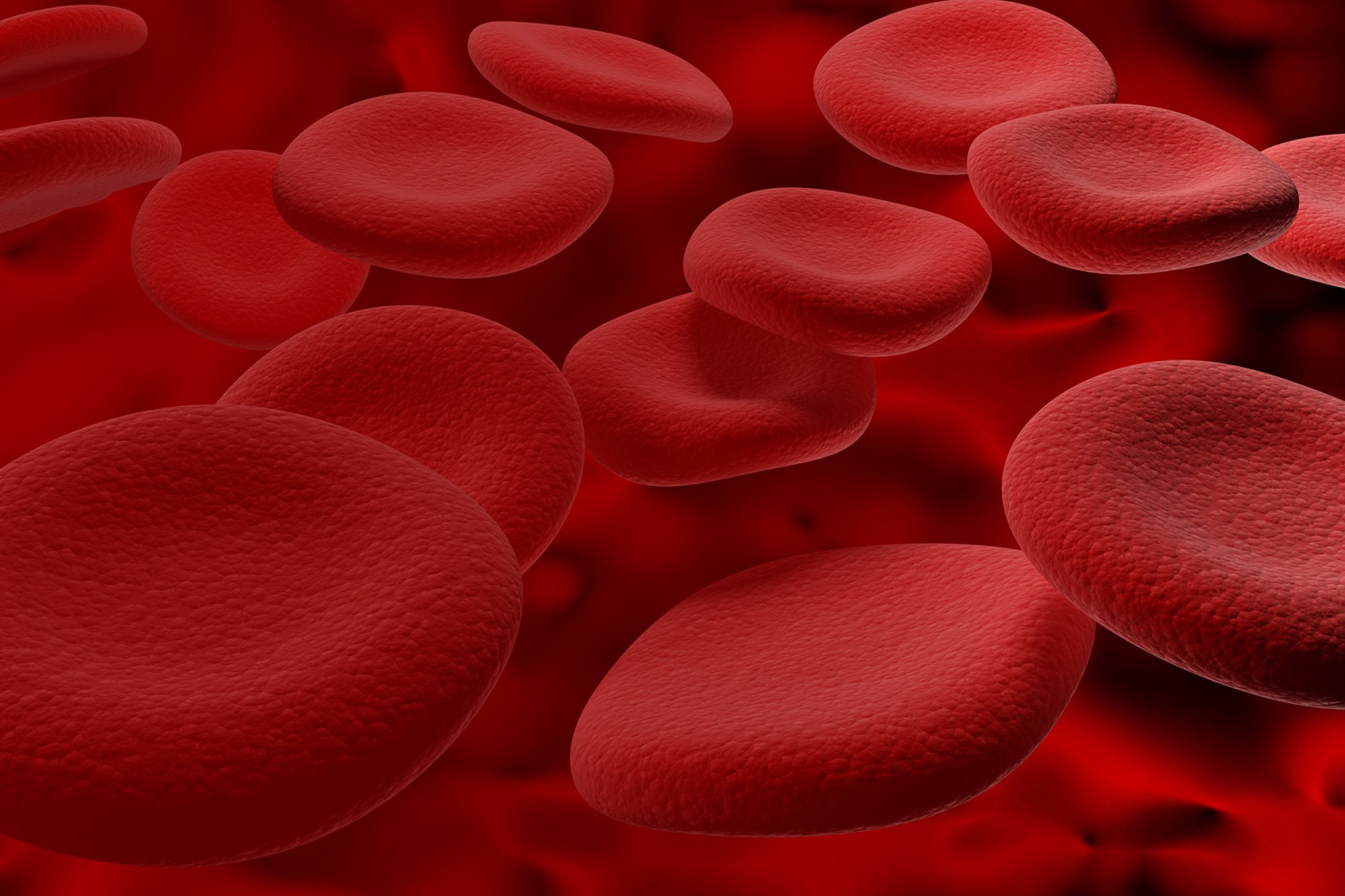
Platelet-Rich Plasma (PRP) Injections
Helping a variety of conditions, from sports injuries to hair loss.
Why PRP?
PRP injections are used for a range of conditions, from musculoskeletal pain and injuries to cosmetic procedures.
Tendon, Ligament, Muscle & Joint Injuries
PRP injections offer potential relief for various musculoskeletal injuries and conditions. Chronic tendon injuries such as tennis elbow or jumper's knee typically entail prolonged healing periods. Incorporating PRP injections into the treatment protocol can aid in stimulating the healing process, alleviating discomfort, and facilitating an earlier return to activities.
Post-surgical Recovery
Initially employed to expedite healing following jaw or plastic surgeries, PRP has now found broader applications in post-surgical care. Its utilization has expanded to aid in the recovery of muscles, tendons, and ligaments, particularly valuable considering the historically lengthy recuperation periods associated with procedures involving these tissues.
Osteoarthritis
Preliminary research suggests that PRP injections show promise in addressing pain and stiffness associated with osteoarthritis. By influencing the joint environment and mitigating inflammation, PRP injections hold potential as a therapeutic option, with ongoing studies contributing to our understanding of its efficacy.
Hair Loss
PRP injections offer efficacy in addressing male pattern baldness, serving to both prevent hair loss and stimulate new hair growth. Additionally, PRP can assist in promoting hair regrowth following hair transplant procedures.
Skin Rejuvenation
While PRP injections are occasionally employed as an anti-aging measure, there is limited evidence supporting their ability to reduce wrinkles and other visible signs of aging.
What is Platelet-Rich Plasma?
Platelet-rich plasma (PRP) comprises two vital components: plasma, the fluid portion of blood, and platelets, specialized blood cells crucial for healing processes in the body. While renowned for their clotting properties, platelets also harbor growth factors capable of initiating cell reproduction and fostering tissue regeneration or repair at the treatment site. Essentially, PRP is blood with an enhanced concentration of platelets.
The process of creating PRP involves collecting a blood sample from the patient, which is then placed into a centrifuge device. This device swiftly spins the sample, separating the platelets from other blood constituents and enriching the plasma with a concentrated dose of platelets. The PRP solution is then ready for therapeutic application.
PRP Therapy Risks & Side Effects
PRP therapy is generally considered a low-risk procedure, typically without major side effects. The process involves drawing blood, so it is advisable to eat and stay hydrated beforehand to prevent lightheadedness. Following the procedure, you may encounter mild soreness and bruising at the injection site.
Given that PRP injections utilize your own cells and plasma, the likelihood of allergic reactions is significantly reduced compared to other injectable medications such as corticosteroids. Nonetheless, infrequent risks associated with PRP injections include:
Bleeding
Tissue damage
Infection
Nerve injuries
If you are considering PRP injections, it's imperative to discuss all of the potential benefits and risks associated with your health care provider.
*Research for the different applications of PRP is promising and rapidly growing. Although the equipment used to produce PRP and the injections themselves have been cleared by the FDA, this procedure is considered investigational and has not been officially approved by the FDA for most uses. Since PRP is a substance derived from one’s own blood, it is not considered a drug. FDA clearance means that doctors can prescribe and administer PRP if they believe it’s in the best interest of the patient. However, lack of the FDA approval means that PRP treatments may not be covered by insurance.
What are PRP injections?
PRP injections involve administering platelet-rich plasma, derived from the patient's own blood sample, directly into the target area. In certain instances, clinicians may utilize ultrasound guidance during the injection process. The objective is to elevate the concentration of specific bioproteins, or hormones known as growth factors, in the targeted region, thereby expediting the healing process.
Although the precise mechanism underlying PRP injections is not fully understood, research suggests that the heightened presence of growth factors within platelet-rich plasma may ignite or hasten the healing process. This can lead to accelerated recovery from injuries, reduced discomfort, and even promotion of hair growth/regrowth.


